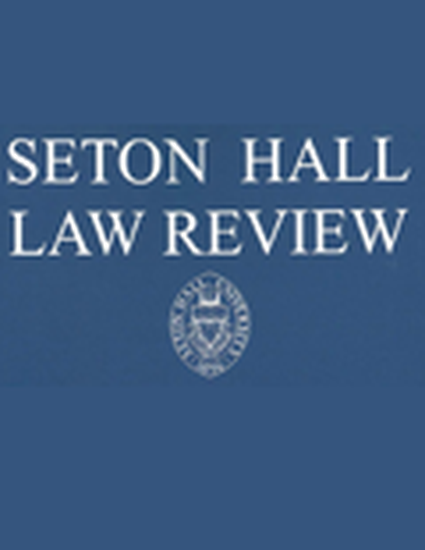
Deciding a patent’s validity is costly, and so is deciding it incorrectly. Judges and juries must expend significant resources in order to reach a patent validity determination that is properly informed by the relevant facts. At the same time, patent validity determinations reached quickly and cheaply may conserve resources today while creating future costs. Wrongly preserving an invalid patent can distort the competitive market and enable abuses, such as nuisance litigation. Meanwhile, wrongly striking down a valid patent can undermine incentives for continued investment and commercialization in knowledge assets. Courts facing patent validity issues have begun to strike this balance in favor of conserving resources today—in a manner that is strikingly similar to per se analysis in antitrust law. A per se rule disposes of supposedly easy cases without engaging in the more fact-intensive “rule of reason” analysis. However, although antitrust jurisprudence cautions against per se rules because of the risk of error and imposes important requirements for the use of per se rules, recent patent jurisprudence has borrowed incautiously from antitrust.
This Article explains how the requirements for patentability enable the use of per se analysis, describes how the proper conditions for antitrust per se analysis would translate into patent law, and argues that current use of antitrust-style judicial shortcuts do not satisfy these conditions in patent law. The Article concludes with a set of proposals for recalibrating the present costs of reaching informed patent validity decisions against the future costs that arise from generating decisions incorrectly.
Available at: http://works.bepress.com/saurabh_vishnubhakat/65/
